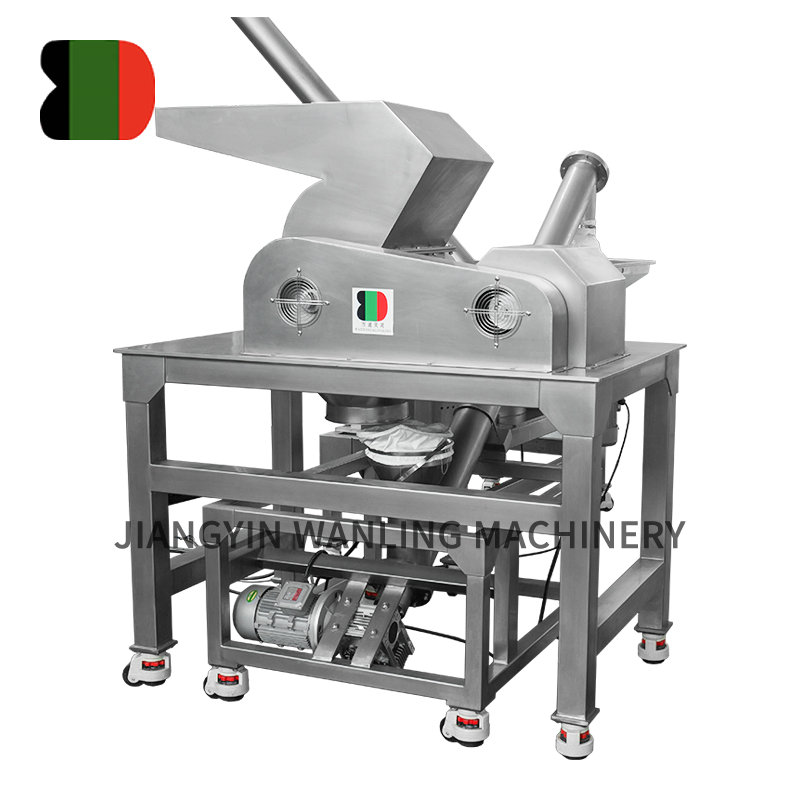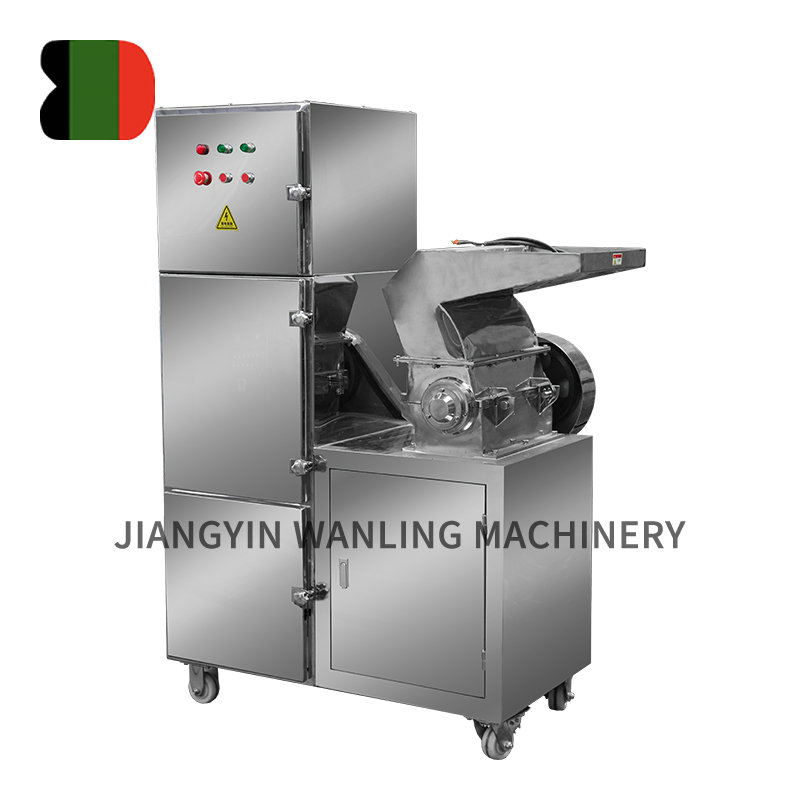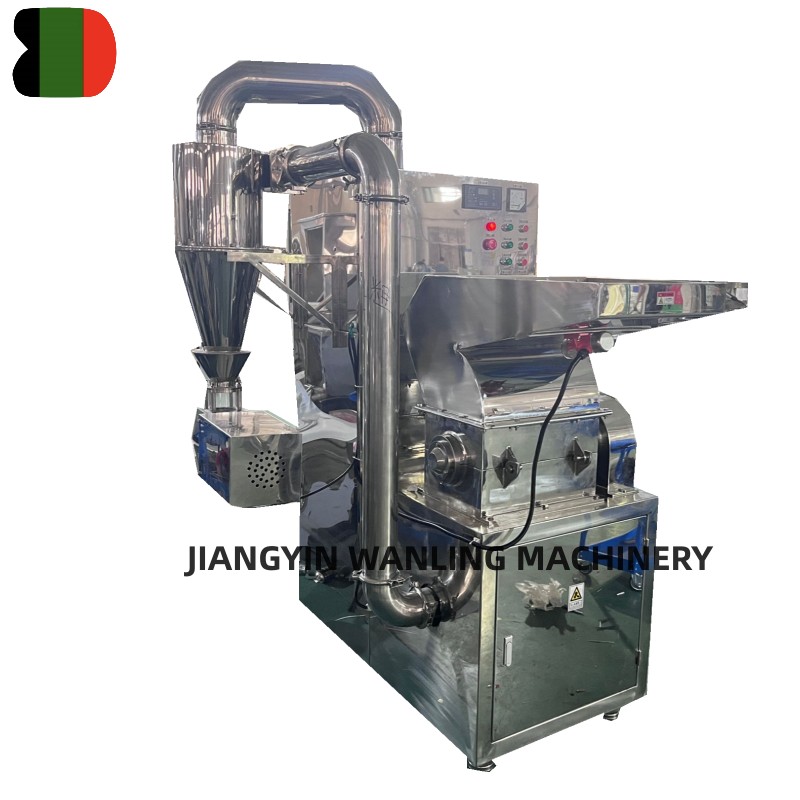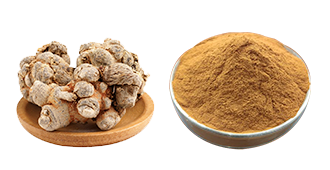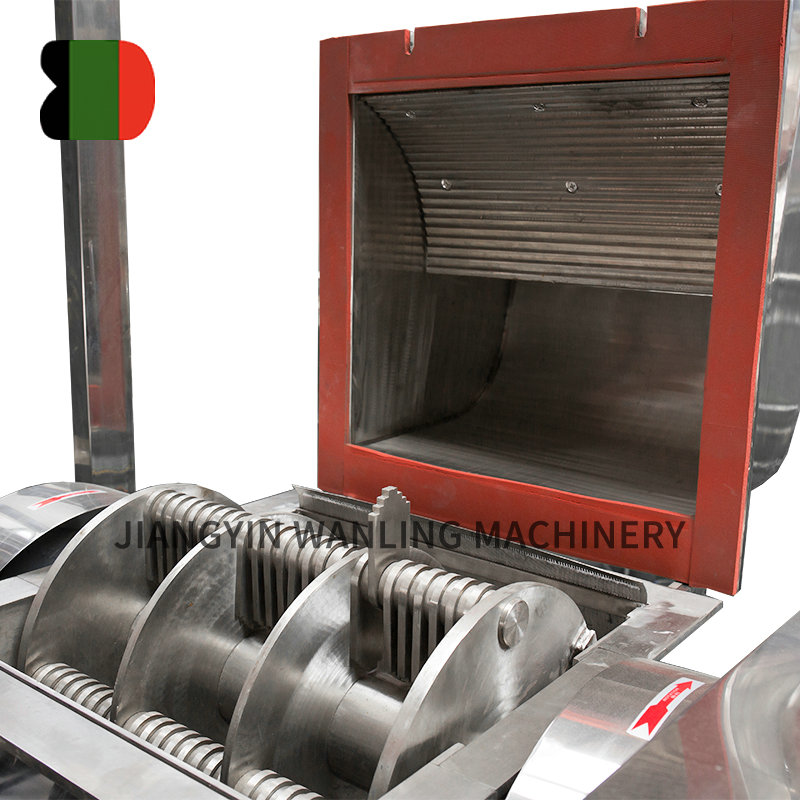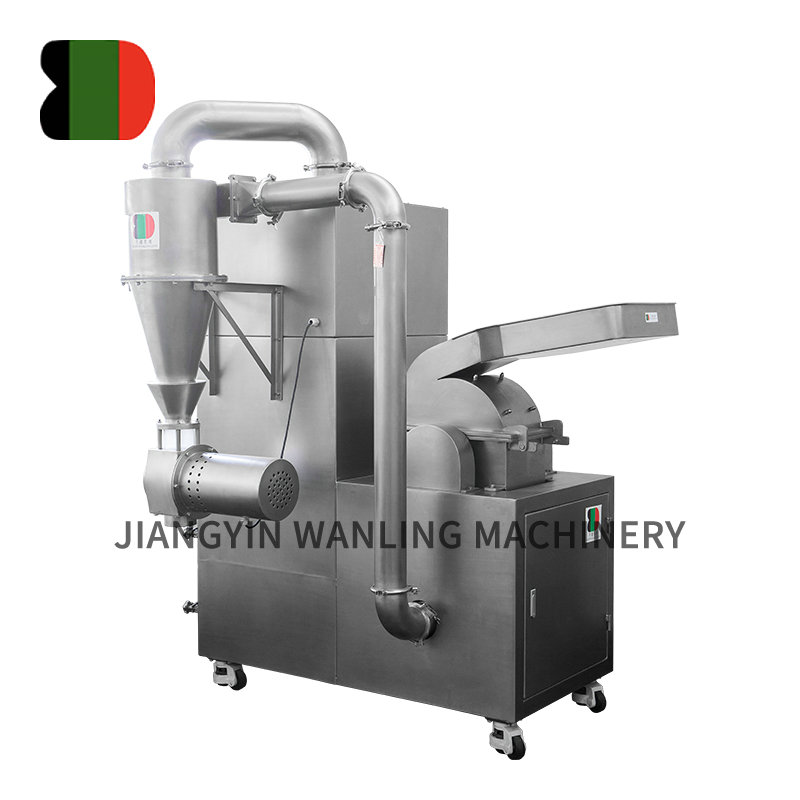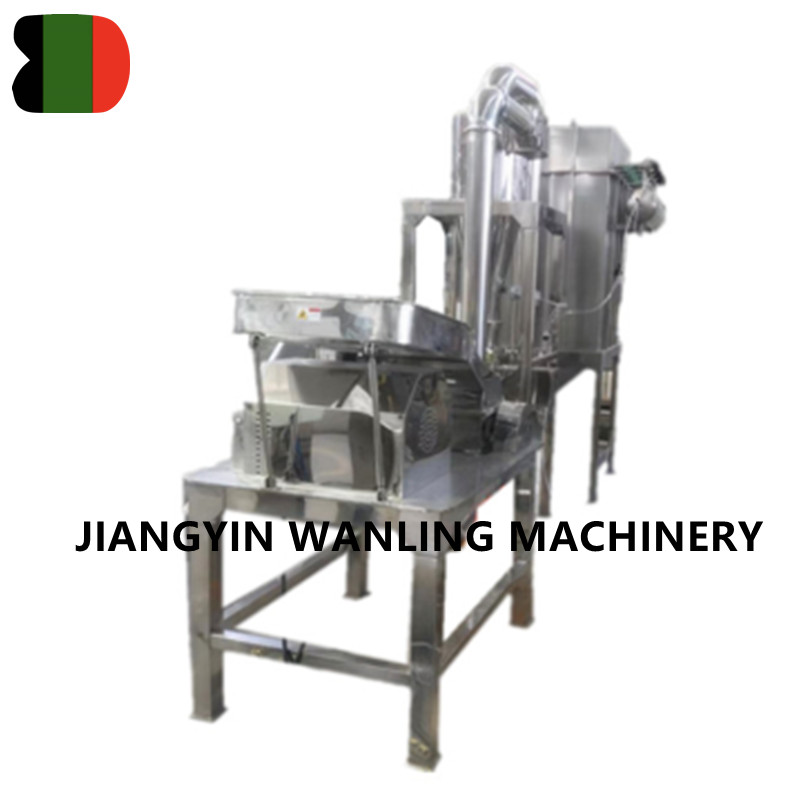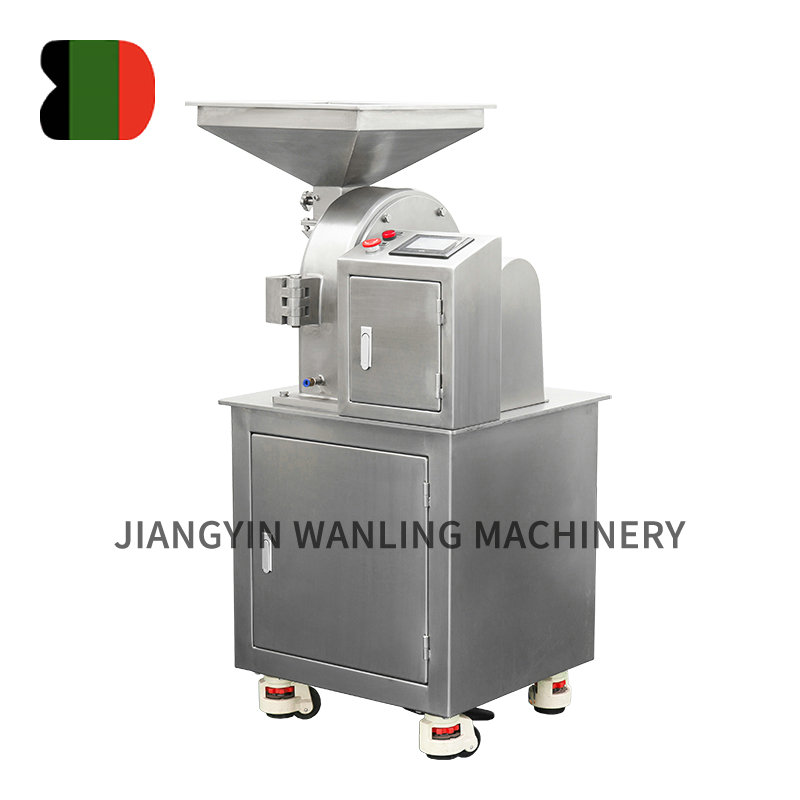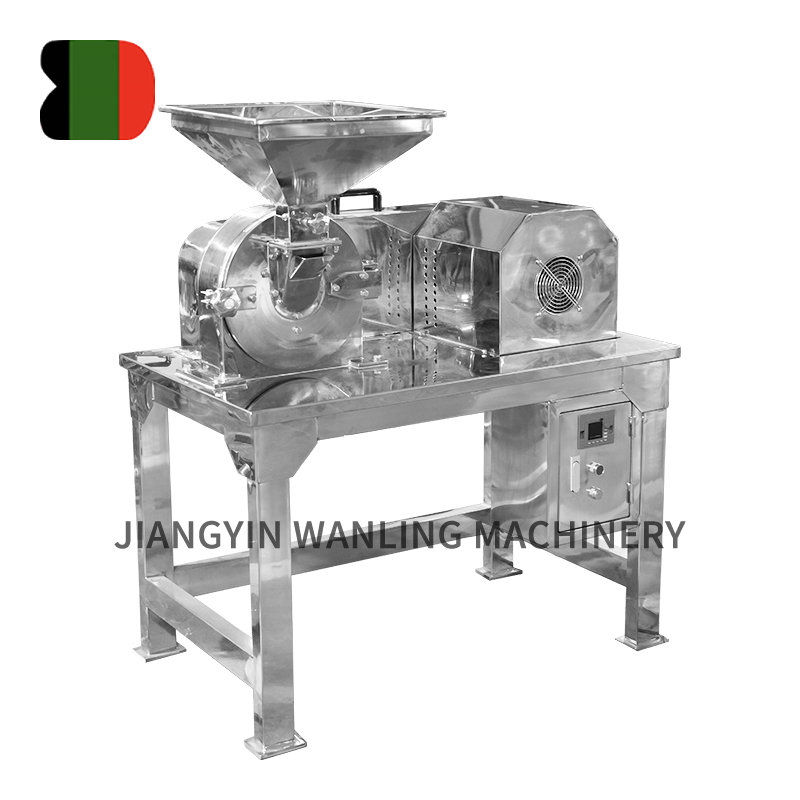To accurately determine and control particle size distribution, sifter machines typically employ various methods and technologies tailored to the specific needs of particle separation and classification. Here are some methods commonly used:
Mesh Size Selection: Sifter machines utilize different mesh sizes of screens or sieves with precise openings. These screens allow particles smaller than the mesh size to pass through, while larger particles are retained. Mesh sizes are selected based on the desired particle size distribution.
Vibration and Motion Control: Sifter machines often incorporate vibration or oscillatory motion to facilitate particle movement across the screens. This controlled movement helps to separate particles based on size as they interact with the screen openings.
Airflow and Air Classification: Some sifter machines utilize air classification techniques where particles are separated based on their aerodynamic properties. Airflow patterns within the machine help to segregate particles of different sizes, directing them to appropriate outlets.
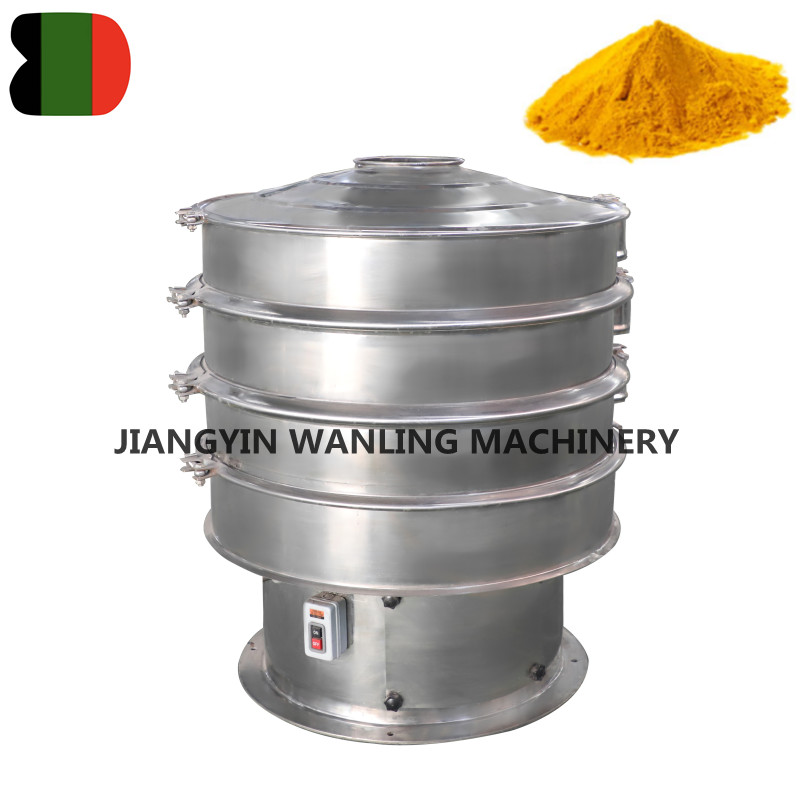
Ultrasonic Technology: Advanced sifter machines may use ultrasonic vibrations applied to the screens. This technology enhances the separation efficiency by reducing friction and preventing particles from sticking to the screen openings, thereby improving accuracy in particle size control.
Analytical Techniques: In some cases, sifter machines are equipped with analytical instruments such as laser diffraction or image analysis systems. These techniques provide real-time or post-process analysis of particle size distribution, allowing for precise adjustments and control.
Adjustable Parameters: Operators can typically adjust parameters such as vibration intensity, screen angle, and feed rate to optimize particle size distribution control based on the characteristics of the material being sifted.
Multiple Deck Screens: Sifter machines with multiple decks or layers of screens allow for sequential sifting and classification of particles into different size fractions. This approach improves overall efficiency and accuracy in controlling particle size distribution.
Feedback Control Systems: Some modern sifter machines are equipped with automated feedback control systems. These systems monitor and adjust process parameters based on real-time data from sensors, ensuring consistent and accurate particle size distribution control.
By combining these methods and technologies, sifter machines can achieve precise control over particle size distribution, meeting specific requirements for various industries such as pharmaceuticals, food processing, chemical manufacturing, and more.



 Español
Español